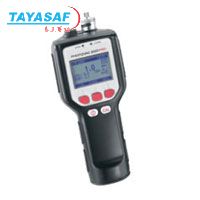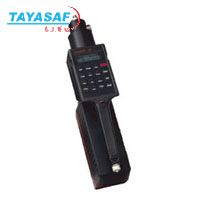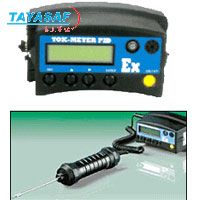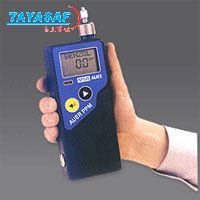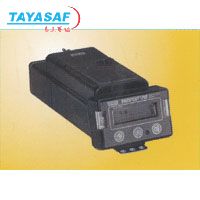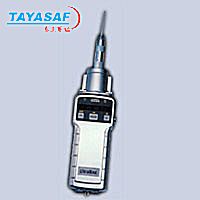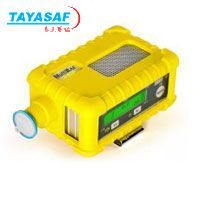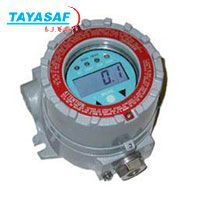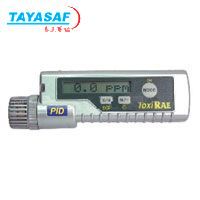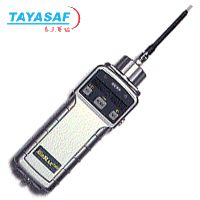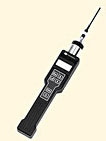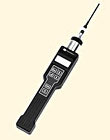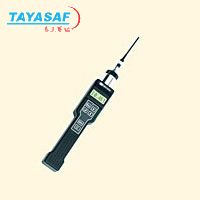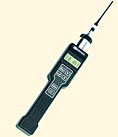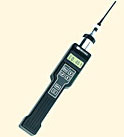碳传感器氧气分析仪
添加时间:2010-2-8 编辑:C055 阅读:次
- 产品名称:碳传感器氧气分析仪
- 产品定货号:MR-06470-00
Operating Principle
Oxygen measuring concentration in the atmosphere of a metal treatment furnace allows through well-known thermodynamic relations, the measuring of carbon potential p (C) even when traditional analysis systems (Dew point and CO2) are no longer reliable parameters.
The percentage of the dissolved carbon on the surface (% in weight or mole) is a function of:
p C% = f (%CSAT , T(K), p(CO), E(V))
where:
% CSAT = Percentage of saturated carbon
T (K) = Operating temperature in Kelvin
p (CO) = Co partial pressure into an endothermic gas
E (V) = Probe Vcc output
The magnitude of the probe voltage E (V) is dependent on the oxygen concentration in the reference gas (air) and in the atmosphere to analyzer according to the following equation:
where:
E = Probe Vcc output
R = Perfect gas constant (8,314 joule-1mole-1)
F = Faraday constant (96487 coulomb g equiv.-1)
pO2' = Oxygen partial pressure in the gas reference (usually air 20,95% O2)
pO2" = Oxygen partial pressure in the gas to analyzer
T = Operating temperature of the electrochemical cell (in Kelvin)
At constant temperature and reference partial pressure of oxygen, the E.M.F. of the electrochemical cell is function of the only oxygen partial pressure of the gas to analyzer
F.E.R. probe model 4143 CP is equipped with a zirconia yttrium stabilized cell long as the probe itself, without any sealing of different materials thus giving an absolute impervious division of the atmosphere from the reference air.
The cell is equipped with thick electrodes. The external tube made in stainless steel allows a maximum working temperature of 1150 °C.
The probe is equipped, with .Type K or S thermocouple
It is possible to send to the outside electrode a small quantity of air or other gas to permit the burning of the possible carbon deposition.
Technical Specifications
Accuracy: ±0,05% in weight carbon within operating range.
Output: 1000 - 1200 mV in the normal operating range.
Response time: Less than 5 seconds.
Operating temperature: Probe: 600 -1150 °C. Head of the probe: Less than 150 °C.
Reference air: Dry and clean air: 50-100cc/minute. Scavenging air: 2-3 liters/seconds (clean and dry air). To be sent at intervals with variable frequency in function of the deposited carbon quantity.
Thermocouple: Type K or S
Dimensions: Length mm. 500.and 650
Diameter external tube: mm. 27.
Connection to process: 1” NPT M
The probe should be connected with an instrument (controlling or recording device) having an input impedance of 8 M W or higher.

 泰亚赛福 —— 世界领先的检测仪器集成供应商
泰亚赛福 —— 世界领先的检测仪器集成供应商 


 您当前的位置:
您当前的位置: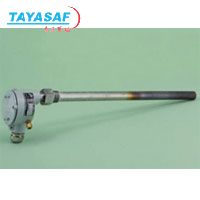

 加入对比
加入对比


